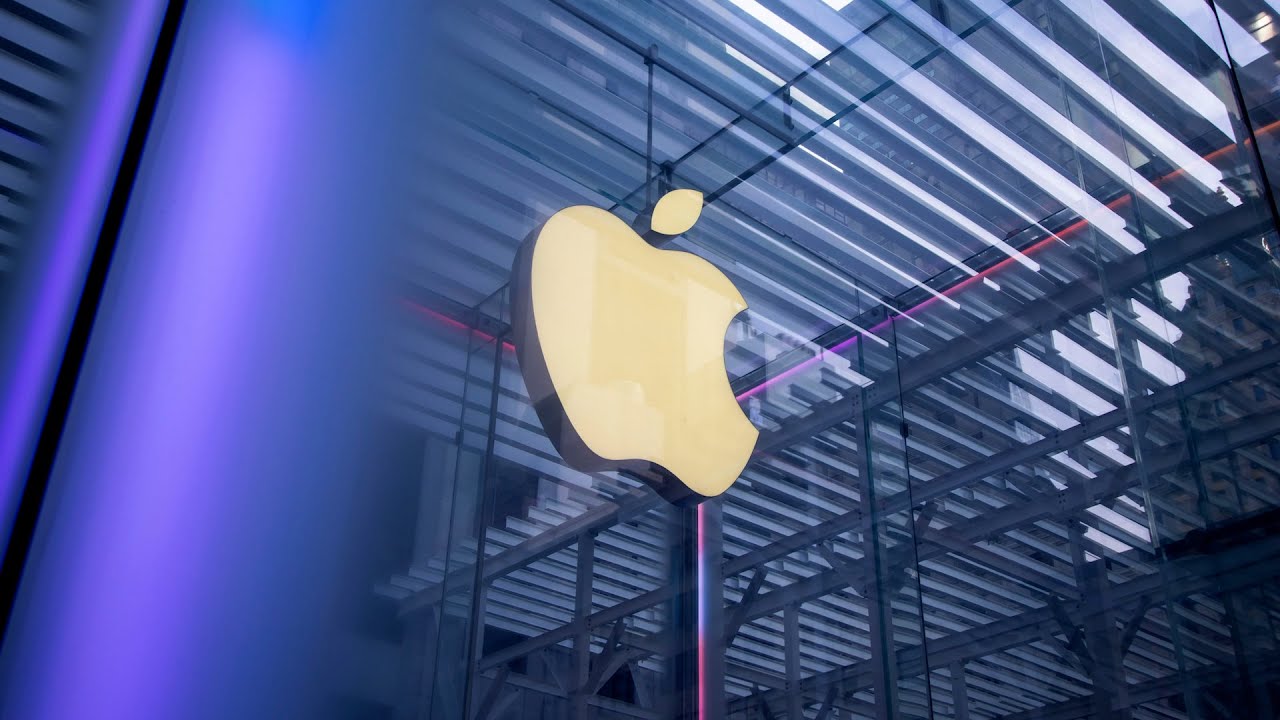Apple has historically entered new tech markets late but often dominates once they do, but it has struggled with AI, arriving late and failing to lead in innovation despite significant resources. Organizational issues, strategic missteps, and missed opportunities have hindered Apple’s ability to compete effectively in AI, as seen in their underwhelming products and leadership challenges.
Apple has a history of entering emerging technological fields later than its competitors, but once they do, they often dominate the market and eliminate rivals. This pattern is evident in their approach to tablets, smartwatches, smartphones, and other products like the iPod, iPhone, iPad, and Apple Watch. However, when it comes to artificial intelligence (AI), Apple has struggled to keep pace with other tech giants, arriving late and not leading in innovation or quality.
Despite their reputation for innovation, Apple has fallen behind in AI development, facing philosophical, management, prioritization, financial, and possibly innovation-related challenges. The company was caught off guard by the rapid advancements in AI technology, especially after the launch of ChatGPT in 2022, which highlighted how far ahead some competitors had become. Critics question how a company with Apple’s expertise could have missed the signs and failed to prepare adequately for this AI revolution.
The rollout of Apple’s AI products has also been criticized as rushed and poorly executed, raising concerns about their product development process. Apple’s AI efforts, including Siri, initially showed promise but quickly faded in relevance and capability compared to competitors. The early excitement around Siri in the early 2010s gave way to stagnation, illustrating how Apple struggled to sustain innovation in this space.
A key figure in Apple’s AI efforts was John Giannandrea, hired in 2018 from Google, where he led search and AI development. As the head of AI at Apple, he was responsible for overseeing Siri, foundation models, and AI infrastructure teams. His arrival was seen as a major boost for Apple’s AI ambitions, with expectations that he would help turn the company into a leader in the field. However, under his leadership, Apple still failed to capitalize on AI advancements, missing critical opportunities.
Ultimately, the story suggests that Apple’s struggles with AI are not solely due to leadership or talent issues but are also rooted in broader organizational problems, including marketing, financial management, and software development. Despite their resources and expertise, Apple has yet to find a way to effectively compete in AI, raising questions about their strategic priorities and ability to innovate in this rapidly evolving field.
